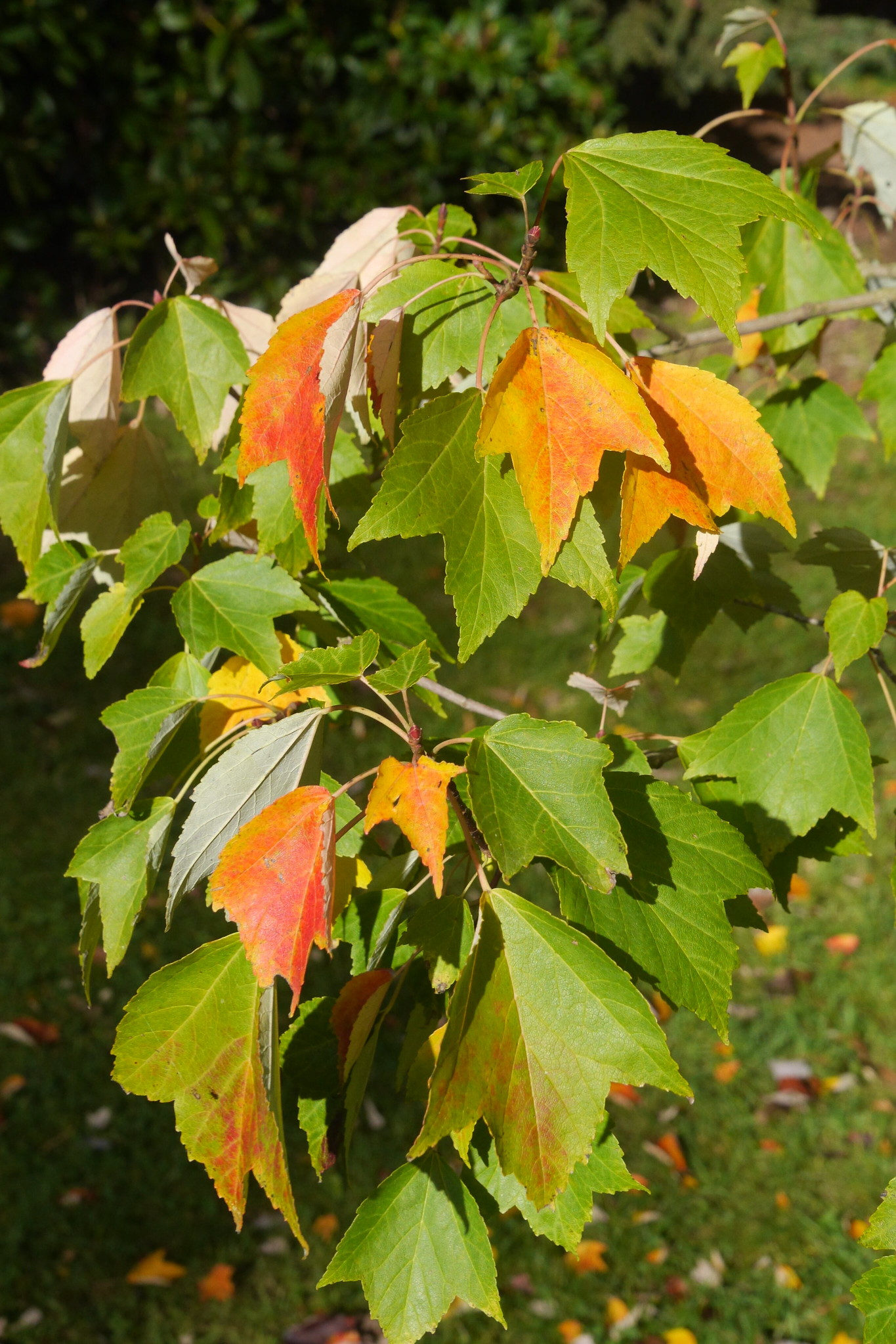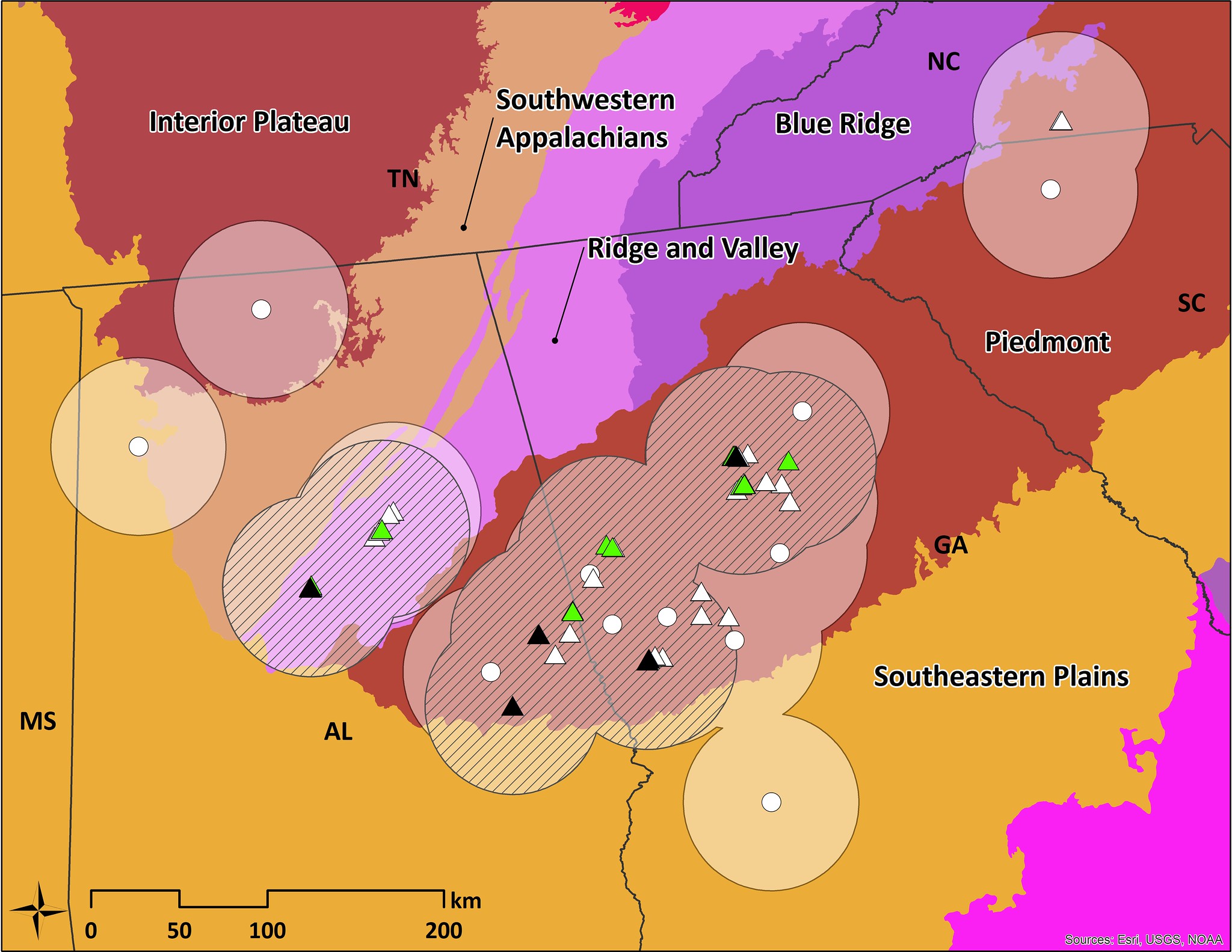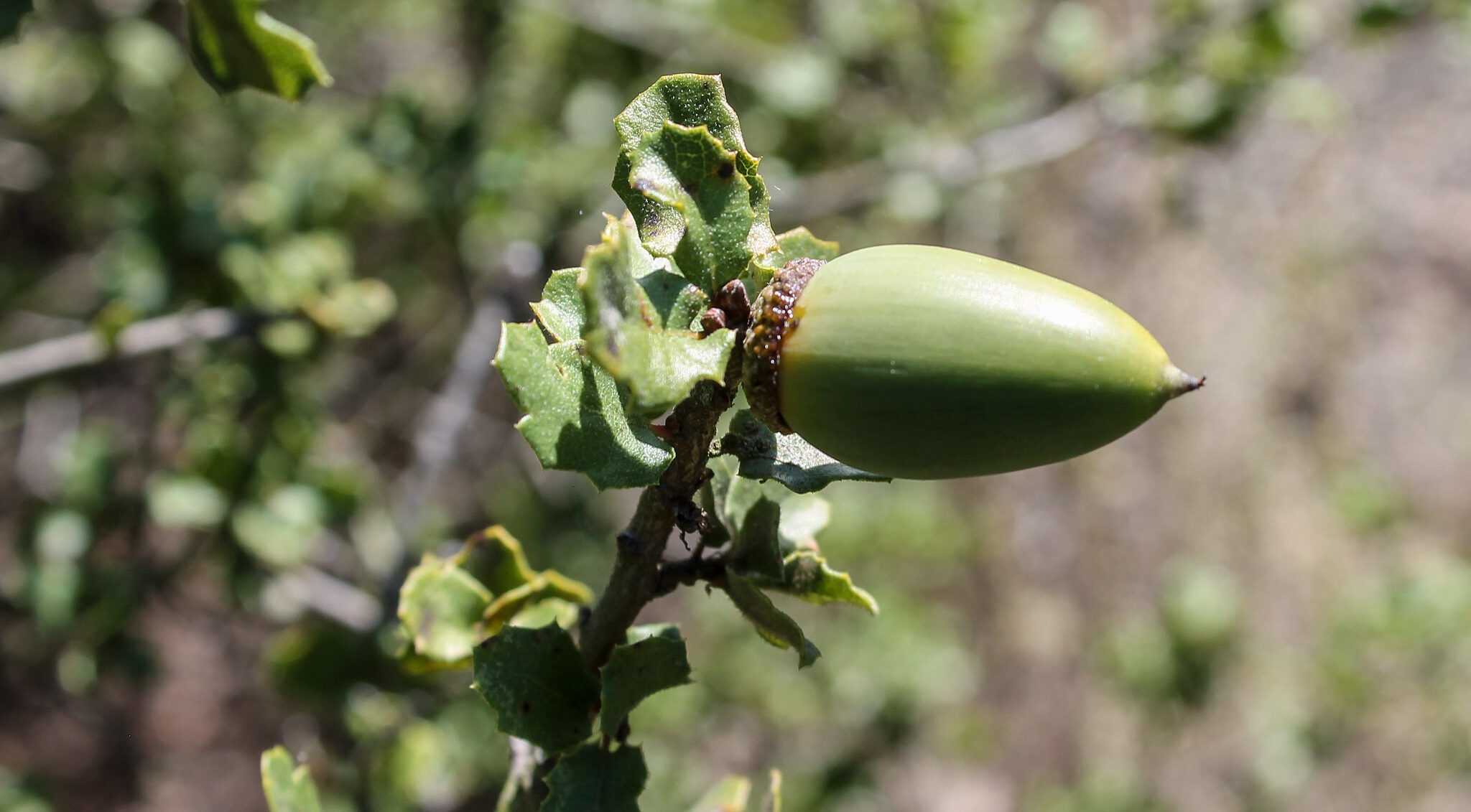Metacollections and Collaborations
Botanic gardens have a long history of transferring seeds, pollen, and plants from one garden to another. In fact, international seed exchange is one of the largest sources of plant material for botanic gardens. Over time, these transfers have become more formal, with better information and record sharing occurring in tandem with the sharing of plant material. The potential for these exchanges to enhance conservation and science is clear. And Botanic Gardens Conservation International (BGCI) is at the forefront of these efforts, promoting what may be the pinnacle of plant and data sharing—the management of metacollections.
Metacollections of plants are more than the combined holdings of any one species or taxonomic group across multiple institutions; they are a common resource, held by separate institutions but stewarded collaboratively. BGCI and Montgomery Botanical Center list the benefits as follows: “Networking multiple collections into a single collection increases potential coverage within a group, allows broader access to greater diversity, dilutes risk of loss, and can reduce maintenance costs.”
The Center for Plant Conservation Best Practices promotes metacollections as powerful tools for exceptional rare plant species—those that cannot be maintained in seed collections and may be too demanding for any one institution to support as a genetically-diverse collection. Abby Meyer, Executive Director of BGCI-US, points out that “to be effective, living collections conserving exceptional species long-term must include numerous individuals of known wild origin that represent the full geographic and ecological range of a species. That can be physically and climatically impossible for one institution to take on.” For many species and institutions, metacollections are key to making those effective conservation collections possible.
Since 2018, BGCI has launched a series of Global Conservation Consortia (GCC) with a number of botanic garden partners, focused on exceptional tree groups. The GCC mobilize institutions and experts to collaboratively develop and implement comprehensive conservation strategies for priority threatened plant groups. This approach builds on the model that zoos use to strategically manage and breed captive populations of animals, in which metacollections play an important role. The current Consortia are dedicated to Acer (maples), Cycads, Dipterocarps (commercially useful rainforest trees), Erica (heath), Magnolia, Oak, and Rhododendron.
Each consortium comprises a Global Consortium Lead and a Consortium Steering Committee, which work in consultation with BGCI to prioritize, track, and regionally coordinate conservation efforts. GCC Species Stewards, who manage the plants, make up the bulk of each consortium and drive ex situ and in situ species conservation action. Species Stewards may manage a combination of conservation site types, including ex situ, “near situ,” and/or in situ (outside, near, or within a native habitat). Any combination of these can represent a metacollection for a priority species.

BGCI’s program is ambitious yet achievable. These seven groups represent hundreds of threatened, exceptional taxa. By engaging BGCI’s global network of over 3,000 botanic gardens, sharing information and best practices, and connecting expertise and resources, the global botanical community can leverage our collective capacity to promote conservation for the species and regions that need it most.
One example of how the program can benefit rare species is the Conservation Gap Analysis of Native U.S. Oaks, conducted and published by The Morton Arboretum in collaboration with BGCI-US and supported by the USDA Forest Service. This report identifies conservation priorities for U.S. native oak species of conservation concern. The research was done as part of The Morton Arboretum’s program to conserve Quercus georgiana, applying a novel methodology to compare ex situ holdings at gardens and identify wild collecting priorities. The goal is to define and develop a genetically representative ex situ metacollection for the species. The successful methodology provided a blueprint for launching BGCI’s Global Conservation Consortia. The Morton Arboretum now serves as the lead institution for the Oak GCC, under the coordination of Dr. Murphy Westwood, Director of Global Tree Conservation at The Morton Arboretum.
The Global Conservation Consortia direct efforts toward areas of high species diversity and build conservation capacity in species’ countries of origin, through resource development, training workshops, and gap analysis. The ultimate focus of the Consortia is regional coordination of integrated plant conservation actions for priority threatened species. Multiple gardens support a distributed network of backup collections of threatened and rare species through their living collections, and no single institution bears sole responsibility for a species’ survival.


Many plants will undoubtedly benefit from the cooperative efforts of BGCI institutions, as they work through the GCC to collaboratively develop and implement comprehensive conservation strategies for priority threatened plant groups. With this program, BGCI is positioned to achieve increased conservation capacity in biodiverse regions of the world and, ultimately, recovery of threatened species in the wild.
Plant Search Database
A central way that BGCI supports global metacollection coordination is through the PlantSearch database, the only global database of living plants, seeds, and tissue collections. Any living collection can contribute data to PlantSearch. Institutions receive valuable information in return, including global threat status and the number of known ex situ locations per species. By aggregating collections information, gap analysis and prioritization of conservation action can take place at local, regional, and global scales. In partnership with the United States Botanic Garden, the Chicago Botanic Garden, and The Morton Arboretum, BGCI-US is currently leading efforts to update and expand PlantSearch to accommodate taxon-level data as well as specimen-level demographic and genetic data. This new system will facilitate metacollection management for exceptional species.
